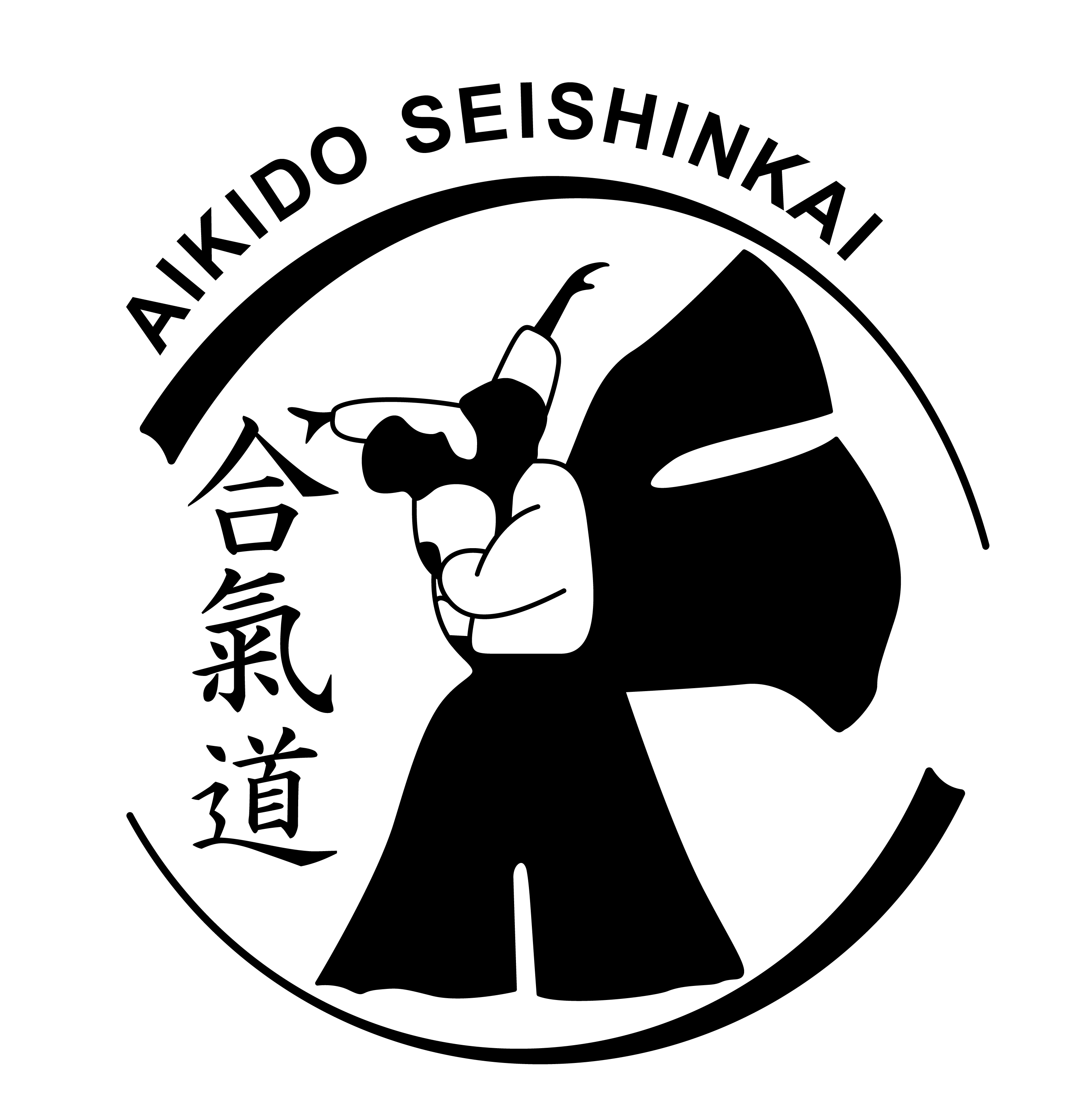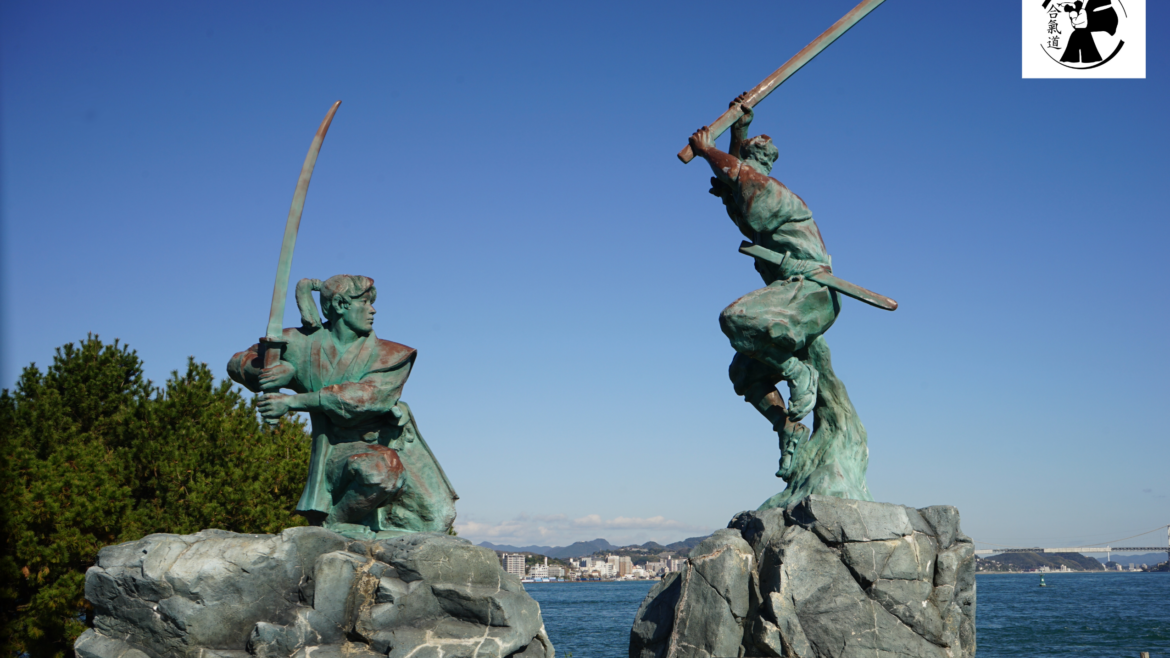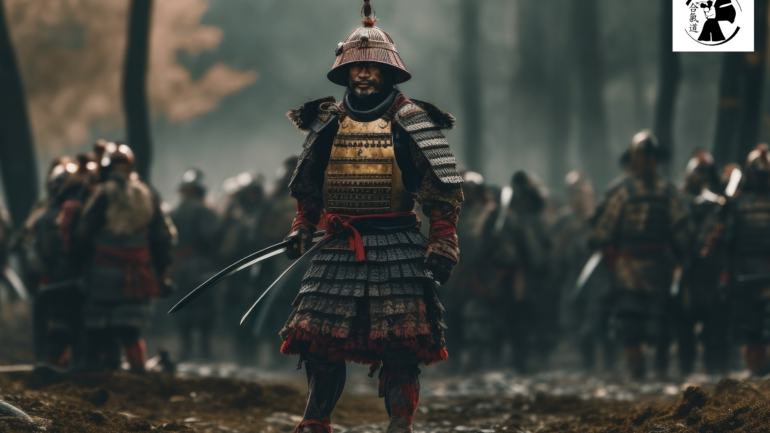Book Review: MUSASHI by Eiji Yoshikawa (1892-1962)
Published in Japanese in 1939; English translation in 1981
This novel presents the story of a young man, an orphan, whose wild energy and ambition are gradually channeled into a variety of challenging activities both bloody and humane. Highlights of the epic include: a compelling rivalry between Miyamoto Musashi and his apparent arch-rival Sasaki Kojiro; dazzling descriptions of combat with swords and other weapons that will set your heart pounding with tension and excitement; a memorable romance; and portraits of life in a Japan whose 17th century values and attitudes still persist to a considerable degree today.
I will not summarize the plot in any detail because I would not want any reader to be denied the pleasure of watching a gripping tale unfold.
Musashi, of course, was an authentic figure who lived from 1584 to 1645. He participated on the losing side in Japan’s most important civil war encounter, the Battle of Sekigahara in 1600, where the forces of Tokugawa Ieyasu triumphed and later established a Japanese government and society that would last until the 1850s, when Japan was forced to come to terms with the modern world. An independent samurai or “ronin”, Musashi became perhaps the greatest swordsman in Japanese history and also one of the most interesting and influential philosophers of the Japanese martial arts tradition. (His Book of Five Rings is must reading for all martial artists.)
In his foreword to the modern English language translation of the novel, the distinguished American scholar Edwin O. Reischauer commented that Yoshikawa provided a more accurate portrayal of Japanese life than did James Clavell in SHOGUN. Furthermore, he observed:
“Miyamoto Musashi was an actual historical person, but through Yoshikawa’s novel he and the other main characters of the book have become part of Japan’s living folklore. They are so familiar to the public that people will frequently be compared to them as personalities everyone knows. This gives the novel an added interest to the foreign reader. It not only provides a romanticized view of Japanese history, but gives a view of how the Japanese see their past and themselves.”
The novel first appeared in serialized form from 1935 to 1939, a period which saw the increasing militarization of Japan and the destruction of its fragile democracy. But the story is not a paean to war. It is, rather, a subtle analysis of the psychology of the warrior.
Like Charles Dickens’ novels, it suffers from being serialized, i.e., it is rather lengthy. Moreover, the plot has too many incredible coincidences and more characters than a 19th century Russian epic. Nevertheless, I enjoyed it tremendously. It is well worth reading if you:
- Like long, complicated novels;
- Enjoy learning about history through fairly accurate fiction;
- Are prepared for lengthy passages of philosophical speculation punctuated by flashes of bold action interspersed with a noticeably non-occidental love story;
- Are trying to understand the “Way” of Aikido.
What is the value of this story to an Aikidoist? It is deeply moving to watch Musashi turning from violence to peace, from egotism to enlightenment. To a considerable extent he may have laid some of the foundation upon which O-Sensei built Aikido.




